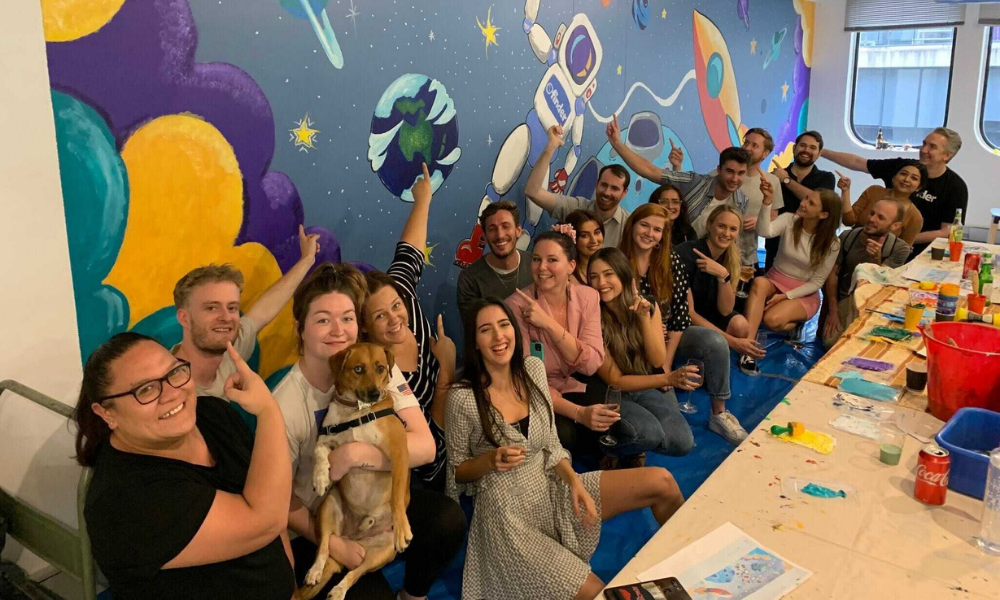
In a world of hybrid working, two classes of employees may emerge

In the journey to embracing a hybrid way of working, creating an equitable experience for employees – no matter where they are – is one of the biggest challenges facing HR leaders today.
There’s no doubt that for some employees, a mix of working from the office and from home brings a plethora of benefits, like less time commuting and more time to enjoy what matters most. But as some employees flock back to the office and some remain at home, will two classes of workers begin to emerge?
HRD spoke to Jamie Finnegan, global head of talent at comparison site Finder, who said designing inclusive practices is at the heart of an equitable workforce.
“Before the pandemic kicked off, we already had roughly 40% of the business working remotely. For us, with a large, distributed crew across more than 20 countries, it was something we'd baked into the business a long time ago.
“But that shift [to working from home] was a good thing because everyone got to reset during the process. Every company got to reassess what was working, what wasn’t, and how to create one set of inclusive practices for everyone when they're remote versus splitting up in person and virtual processes.”
Read more: Flexible working: Is it given or is it earned?
By approaching inclusivity from a remote-first mindset, and doubling down on Finder’s commitment to treating all employees fairly and equally – regardless of where they work, their role or how long they’ve been with the company – the pandemic has created a great opportunity to level the playing field across the workforce.
Like many other companies, technology played a crucial role. At Finder, Finnegan said it was a case of tweaking how they used tools like Slack to keep people engaged and socialising, even when they were stuck at home. Bringing people together based on their interests, like cooking, pets or books, was a way of fostering strong connections from afar. Likewise, parents – many of whom were now homeschooling for the first time – had the support of fellow Finder parents in a slack group created purely for them to share their tips (and gripes!).
The company also looked at how it communicated across the organisation on a global scale to ensure their staff didn’t miss out on updates if they choose to work flexibly. This included introducing a monthly global All Hands with the three founders, in addition to a weekly ‘Huddle’ hosted by country CEOs, to deliver useful information and provide regular forums for crew questions and feedback.
But Finnegan admitted that at a time when employees may be struggling to switch off from their computers, it’s about finding the right balance between staying connected and information overload. Naturally, there will be an element of trial and error as organisations find their feet with hybrid working.
But the key to getting it right will lie with listening to employees, keeping a close eye on engagement levels and not being afraid to have fun. “Interestingly, engagement levels peaked during the last lockdown – which says a lot!” Finnegan said.
Read more: Leadership, culture and employee engagement: Do CEOs and executives actually get it?
“People talk about this feeling of Zoom fatigue and Slack fatigue and so I think the more that you can differentiate from the serious stuff by keeping things fun and playful, the better,” he said. “At Finder we’re a fan of walking meetings and encourage the crew to step away from the screen for some of their meetings.”
As well as fostering a strong sense of engagement and belonging across a distributed workforce, the virtual events on offer go a long way to maintain a great company culture. From pancake making competitions to magic shows and movie nights, Finder has proved that being stuck in a lockdown doesn’t have to put an end to socialising with workmates.